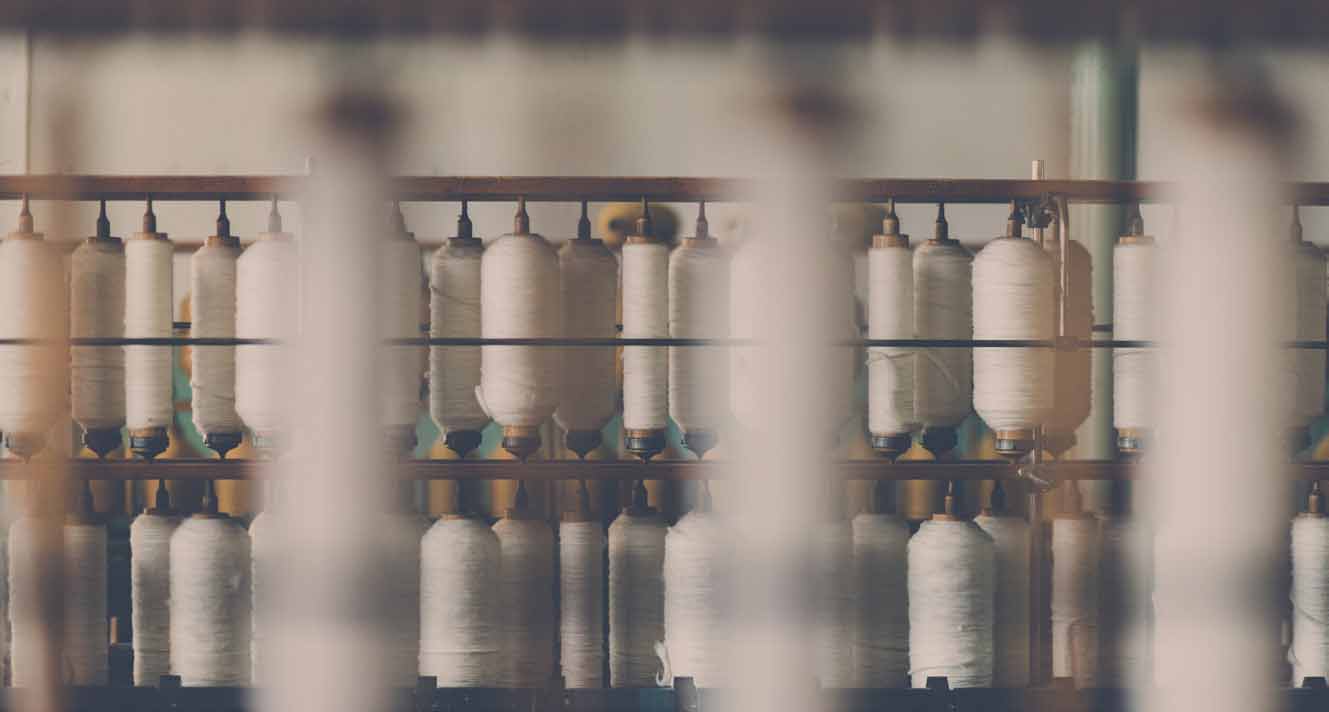
15 Jan From the cocoon to the yarn, how silk is born
For many centuries, the silk rearing in particular and the sericulture in general have been a prerogative of China and of its emperors, as seen in the article about silk history. The silkworm and the silk production process comes / arrived from Sicily in XIII century and from there it spread firstly in Italy and then all over Europe. Still, how does a silkworm become silk? How can a butterfly larva produce a filament so precious and fine?
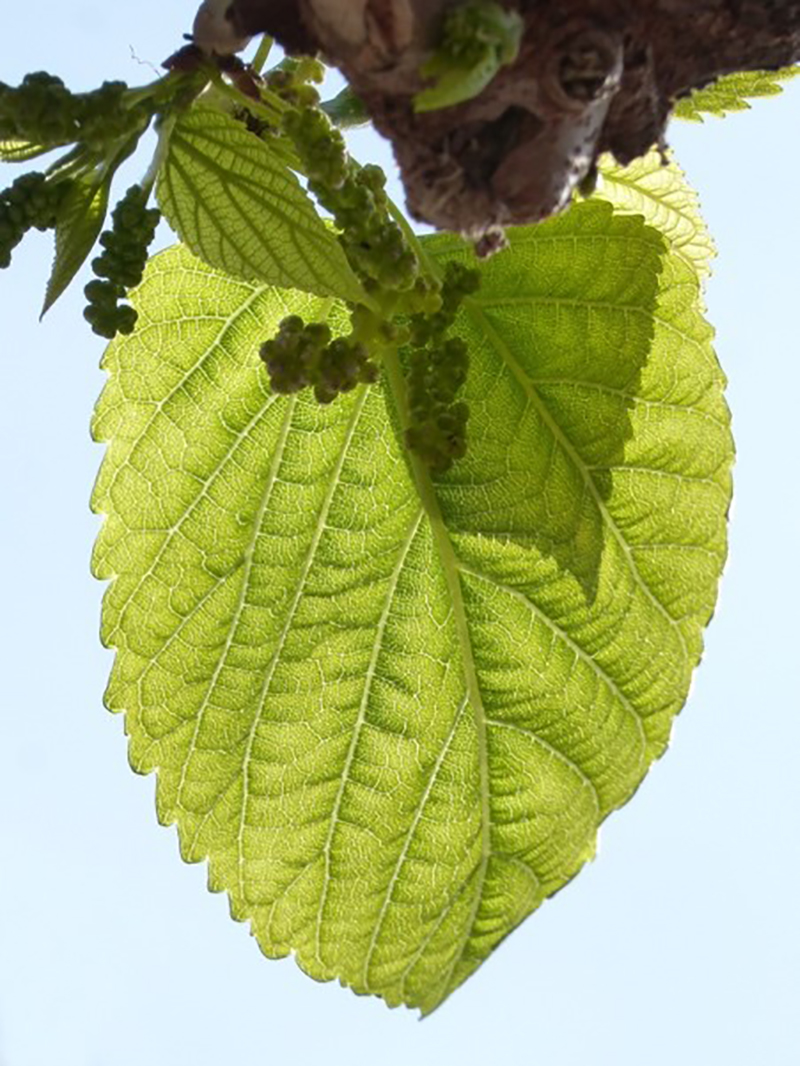
The main sericulture phases
Sericulture is not only a process made by individual phases and operations, is a proper art which has been handed down and perfected during the centuries, while preserving its original practices, even if nowadays are rationalized and specialized. The four main sericulture phases, which sum up sericulture, are mulberry growing, silkworm breeding, silk realing and twisting. Without all these steps, it is impossible to obtain proper/ resitant? silk yarns.
First phase: mulberry growing
Behind the silk process, there is the mulberry growing, that is the cultivation of mulberry trees, which is closely linked to the silkworms’ breeding. Mulberry tree is a plant with Chinese origins, whose leaves are essential to feed the silkworm larva. For instance an interesting numerical fact: a mulberry cultivation can produce about 2000-3000kg leaves in a year and a silkworm eats about 20-30gr of mulberry leaves during its life.
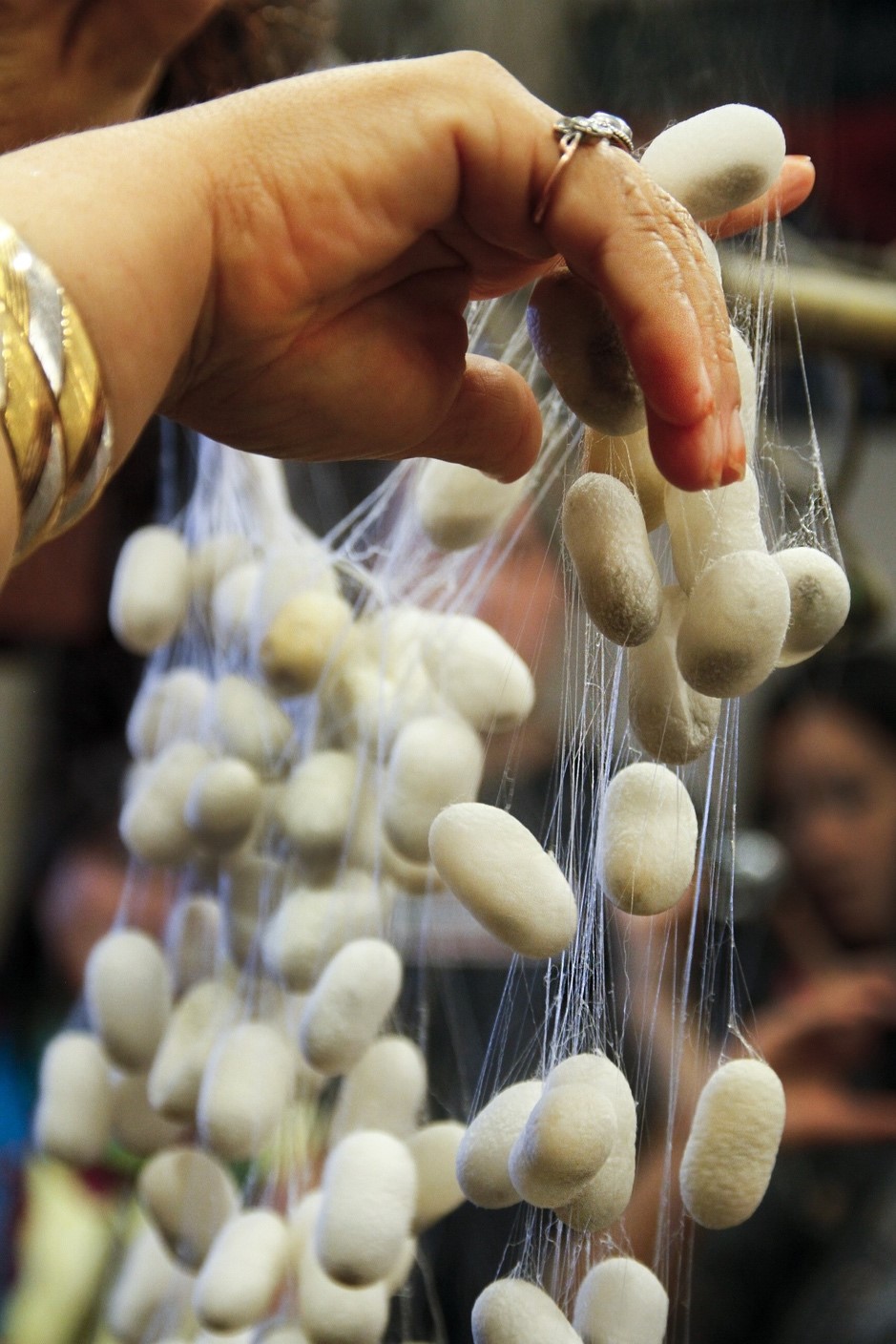
Second phase: silkworm breeding
The silkworm is a Bombyx mori, larva, a kind of butterfly who feeds on mulberry leaves (morus in Latin means mulberry). When the eggs hatch, the silkworms measures about 2 millimeters, even if in 6 weeks, by only eating mulberry leaves, they increase its volume by 6000 times until reaching a length of 6-7 centimeters. At this stage, from the gaps near its mouth sides, the silkworms starts producing a very thin slime, which solidifies when exposed to the air and it places in layers through particular larva movements. The cocoon is formed in 3-4 days and is made of a continuous filament of a variable length that goes from 300 to 900 meters. Once harvested and processed, it becomes silk yarn.
Third phase: cocoons’ realing
The empress Xi Ling Shi, to whom the legend attributes the silk discovery in 3000 A.C., accidentally noticed that it is possible to ravel the cocoon as it fell in a hot teacup. Indeed, the silk realing is the last step of this third phase; the cocoons are immersed in hot water to real the yarn. Firstly, through the stepping of the cocoons, or rather the soaking, it softener the sericin, the gumming substances which acts as glue for the cocoon. Later with the silk flossing, the cocoon is rubbed with a brush to free the head yarn and lastly, during the final proper realing it unwind the yarn from the cocoon. In order to produce a yarn for weaving, it is necessary to merge the thread of 6-7 cocoons, which stay together during the realing through the help of sericin.
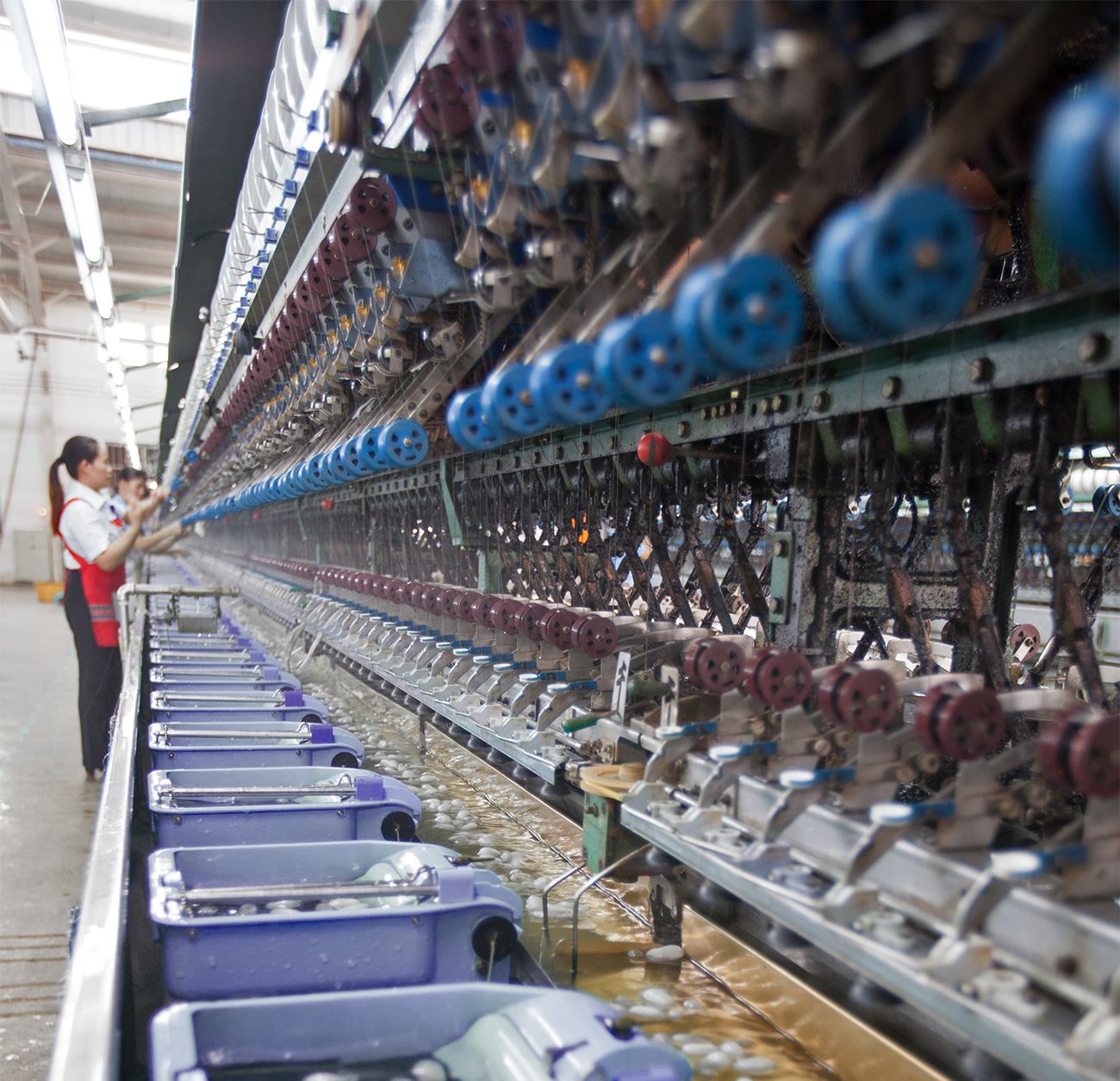
Forth phase: silk twisting – the transformation in yarn
The twisting is essential to make natural fibers resistant as well as workable. Through a twisting machine, a twist is imprinted to the raw silk thread, which increase the strength and avoid the split of the different threads or rather the different cocoon’s filaments. After this process, the silk thread becomes a yarn ready to be transformed into fabric. The silk production process is long and complex, made up by phases that are dived into many steps and operations. Although today technology reduced the timing and handcraft, is the close correlation between each single phase and the big experience that make this yarn so unique and special.
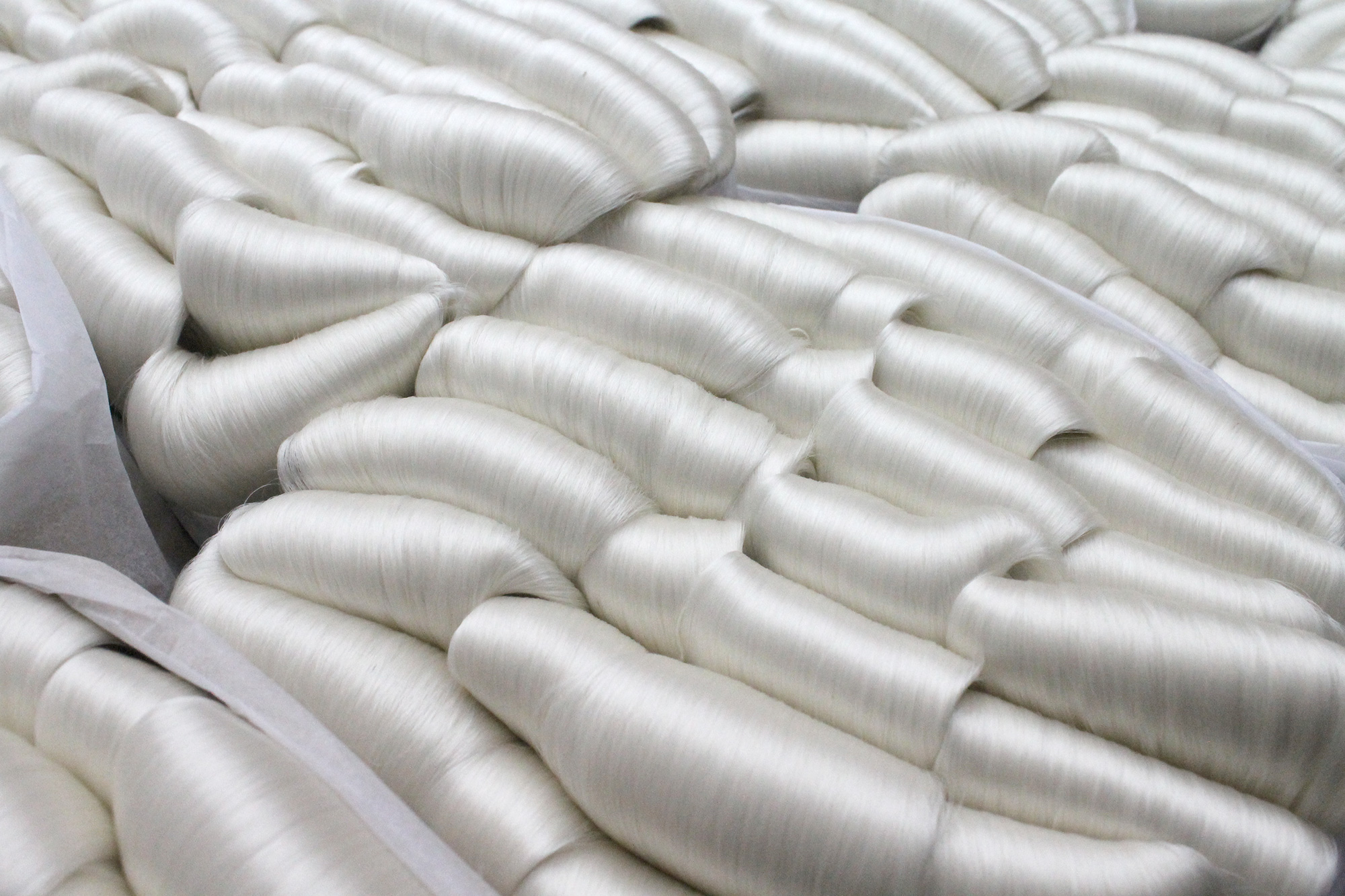
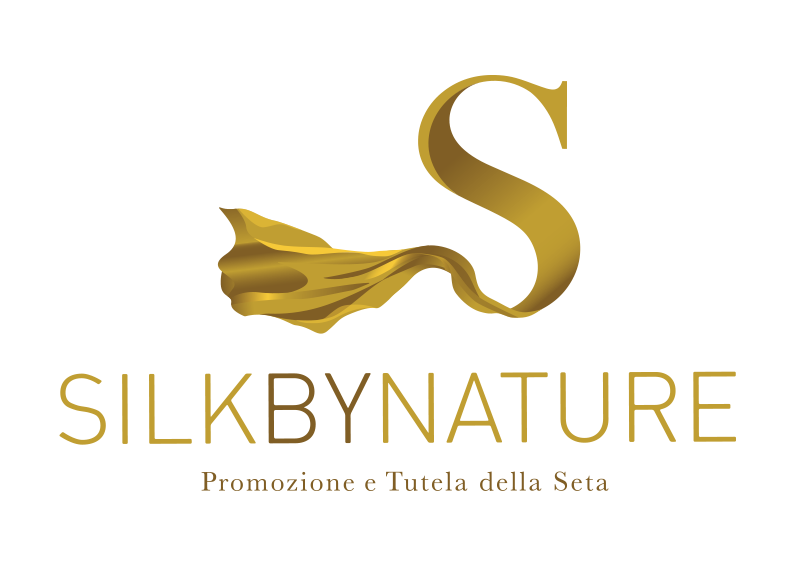



Sorry, the comment form is closed at this time.